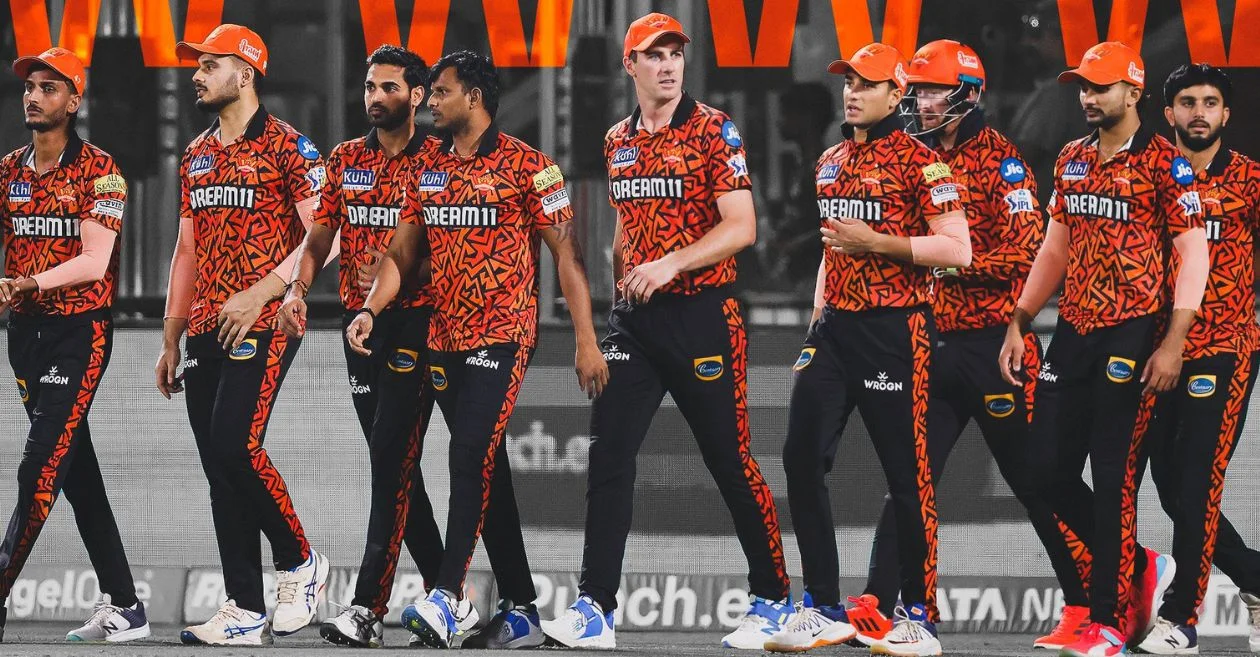
Raiders and 3 other teams finished top 10 in defensive DVOA but missed playoffs while top 10 offenses all made it
Just about everyone has heard the saying “Defense wins championships”. It’s become common nomenclature in sports, especially when it comes to football or the NFL. However, a tide might be turning in the league as this year’s playoff teams refute that statement.
The Las Vegas Raiders were one of four teams to finish in the top 10 for defensive DVOA and not make the playoffs this season, according to FTN Fantasy. In other words, nearly half of the teams that were toward the top of the league in the defensive efficiency metric won’t have a chance at winning a championship. Meanwhile, the top 10 squads for offensive DVOA are in the postseason.
For those unfamiliar or who need a refresher on DVOA, below is the short version of Aaron Schatz’s (the creator of the metric) explanation, and the full rundown can be found on FTN’s site by following this link.
DVOA is a method of evaluating teams, units, or players. It takes every single play during the NFL season and compares each one to a league-average baseline based on situation. DVOA measures not just yardage, but yardage towards a first down: Five yards on third-and-4 are worth more than five yards on first-and-10 and much more than five yards on third-and-12.
Performance is also adjusted for the quality of the opponent. DVOA is a percentage, so a team with a DVOA of 10.0% is 10% better than the average team, and a quarterback with a DVOA of -20.0% is 20% worse than the average quarterback. Because DVOA measures scoring, defenses are better when they are negative. Every year is normalized so the average for that year is 0%.
Before diving any deeper, let’s take a look at the top 10 teams for defensive and offensive DVOA. The playoff participants are signified with (p) after the team name.
Defensive DVOA
- Baltimore Ravens (p) -23.3%
- Cleveland Browns (p) -20.7%
- New York Jets -14.2%
- San Francisco 49ers (p) -9.6%
- Dallas Cowboys (p) -8.7%
- Pittsburgh Steelers (p) -8.0%
- Kansas City Chiefs (p) -5.0%
- Las Vegas Raiders -4.6%
- New England Patriots -4.5%
- Jacksonville Jaguars -4.2%
/cdn.vox-cdn.com/uploads/chorus_asset/file/25215568/1737974782.jpg)
Photo by Ethan Miller/Getty Images
Offensive DVOA
- San Francisco 49ers (p) 31.8%
- Miami Dolphins (p) 20.9%
- Buffalo Bills (p) 20.1%
- Baltimore Ravens (p) 19.1%
- Detroit Lions (p) 13.8%
- Green Bay Packers (p) 13.0%
- Los Angeles Rams (p) 12.2%
- Kansas City Chiefs (p) 10.0%
- Dallas Cowboys (p) 8.8%
- Philadelphia Eagles (p) 8.3%
For good measure, the four playoff teams who did not make the top 10 in offensive DVOA are the Steelers (ranked 15th at 0.3 percent), the Browns (28th, -12.3%), the Tampa Bay Buccaneers (18th, -3.6%) and the Houston Texans (14th, 1.0%).
So of the 14 playoff spots available this season, 12 teams finished in the top 15 for offensive efficiency. While the Buccaneers are one of two teams who are going against the grain, it’s important to keep in mind that the reason the NFC South Champions are in the postseason is because they play in arguably the worst division in football.
Also, five of the six playoff teams that finished in the top 10 for defensive DVOA had an offense that ranked in the top 15, and four were within the top 10. Meanwhile, the list of the best offenses above includes four squads whose defensive DVOA was in the bottom half of the league and three were in the bottom third.
The Browns are the big outlier in this scenario as their offense was the fourth-worst in this metric. However, diving a little deeper can add more context.
Cleveland had a ton of instability at quarterback with five different passers starting a game for them this season. Granted, Jeff Driskel only got the call so that Joe Flacco could rest in Week 18, skewing that number a bit. But still, four signal callers in 17 games is far too much turnover that would impact any offensive numbers, and the difference between Flacco and Deshaun Watson in DVOA is significant.
In six starts, Watson logged a -9.2 percent DVOA which ranked 29th out of the 43 quarterbacks that had at least 150 passing attempts and is comparable to Easton Stick (-10.5 percent, 30th) and Desmond Ridder (-8.8 percent, 28th). In Flacco’s five starts, he was 15th at 9.3 percent which was three spots and 2.2 percent behind Patrick Mahomes and right below Justin Herbert at 9.4 percent.
Clearly, the Browns offense would have ranked much higher had the 38-year-old been with the team and starting the entire season.
As for the Raiders, they were 27th in offensive DVOA at -10.7 percent. Jimmy Garoppolo was a big part of the problem, finishing 33rd among quarterbacks at -16.5 percent. Aidan O’Connell’s figure was better but still not even in the top half for the position with a mark of -7.6 percent, two spots ahead of Watson.
So, as Las Vegas gears up for what will be a crucial offseason with a lot of big decisions to make, finding a way to put more points on the board should be the organization’s biggest point of emphasis. Because, in today’s NFL, offense wins championships.



















You must be logged in to post a comment Login